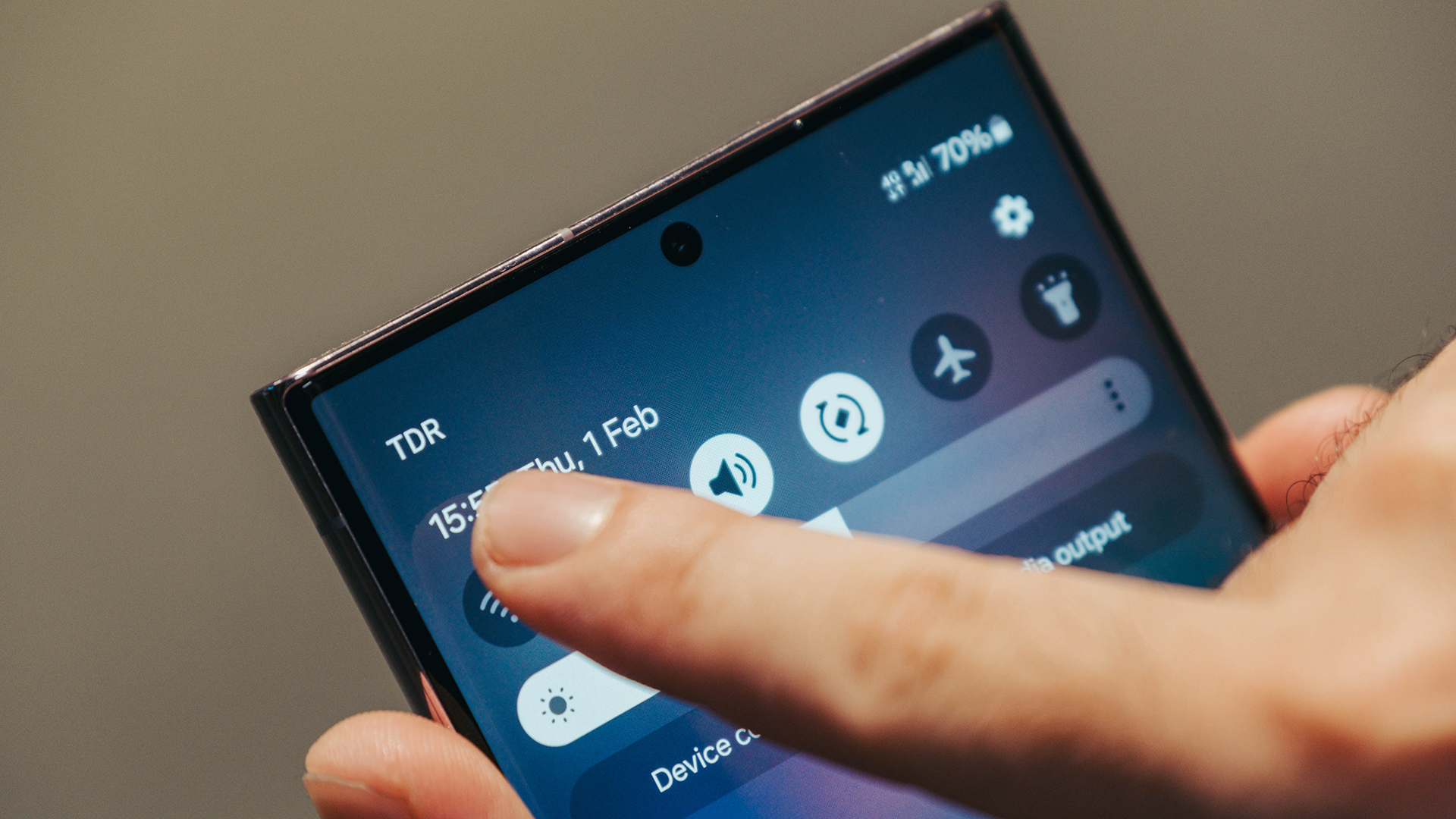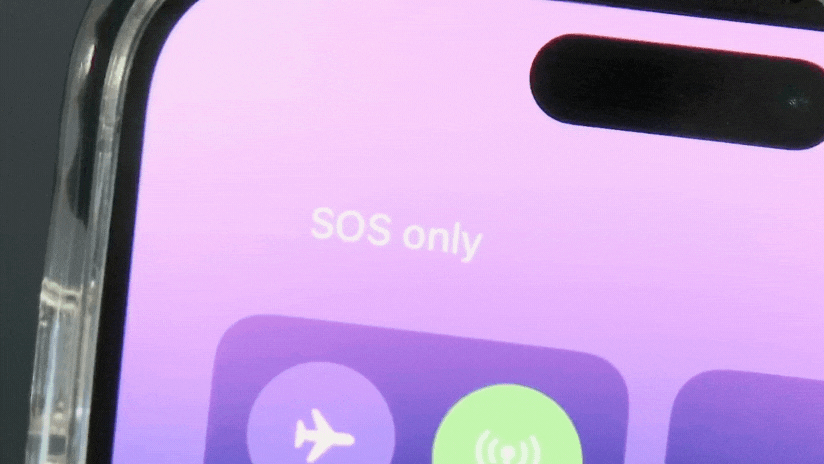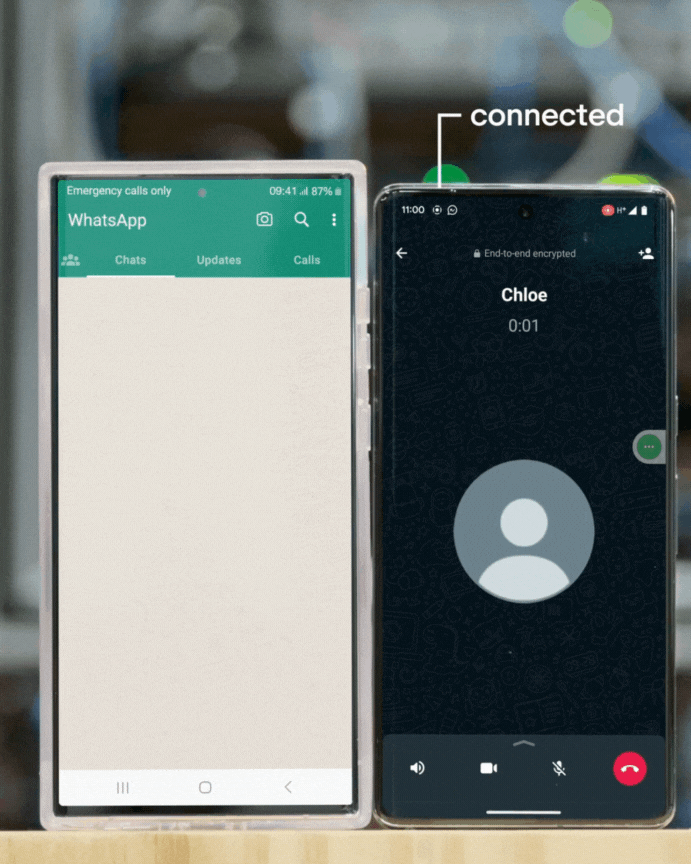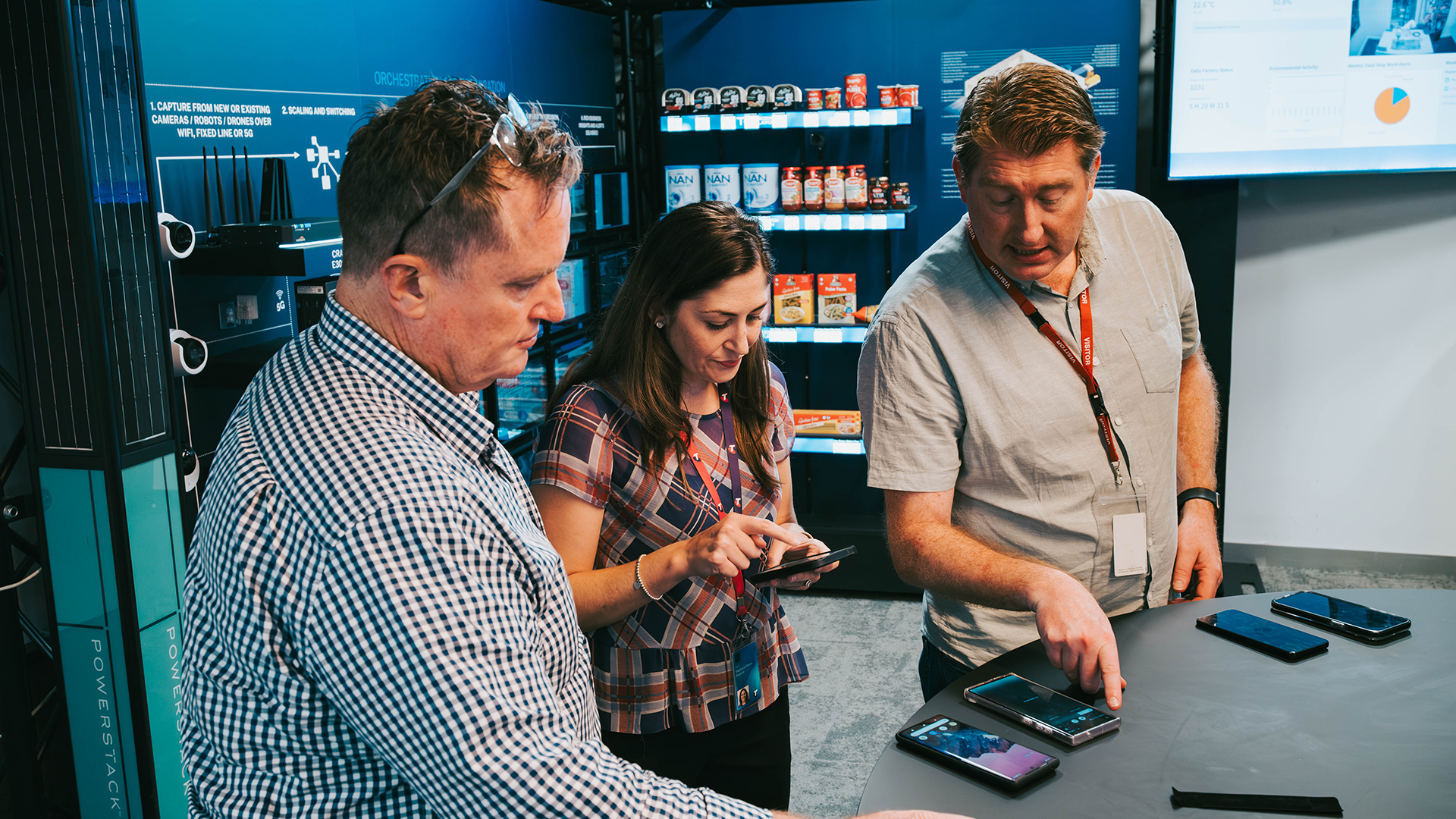Temporary Disaster Roaming: successful simulation shows what's possible
In November, we told you about our plans to test what’s known as “temporary disaster roaming”, or TDR. This is a solution that would help keep you connected to any surviving mobile network during a natural disaster if other mobile networks go down. Here’s how it could work.

What is temporary disaster roaming (TDR)?
We get how important connectivity is during a disaster – to remain in touch with loved ones, to get up to the minute warnings, evacuation orders and other kinds of disaster assistance.
Since March 2023, we’ve been working with the government, TPG and Optus to develop a temporary disaster roaming solution.
It’s where your phone would be able to “roam” onto a different provider’s network in the event your own network operator’s infrastructure was damaged by a natural disaster or didn’t have coverage in the area to begin with, provided there was at least one network still in operation in the area.
The solution we’ve been investigating would enable mobile roaming between networks within a localised area during natural disasters, for a short, specified duration. This is in addition to the ability to call Triple Zero, which is functionality that’s already built into mobile phones today and is different to temporary disaster roaming.

A phone connecting to Temporary Disaster Roaming in our simulation.
Overseas, countries such as Canada, Japan and the USA are developing or have implemented a form of temporary disaster roaming.
Developing TDR is complex, as we have to take into account the stress it would put on any surviving networks, and the technical work required to get it going. But we’ve taken the learnings from other countries and done a lot of work as an industry to develop a potential solution that could work in Australia and help regional communities impacted by natural disaster remain connected.
And we’ve built a proof-of-concept simulation to demonstrate how the tech might work.
How does our simulation work?

How our simulation works.
This week we ran a simulation at our 5G Innovation Centre on the Gold Coast where some of our world-firsts are born.
We started with a device on a mock network, and then simulated that network going down due to a disaster.
We then simulated the temporary disaster roaming functionality, which allowed the device to roam onto our network and connect.
What’s next?

While there are technical, process and financial challenges to overcome, the learnings from our simulation will help guide ongoing conversations with industry and government to help make this temporary disaster roaming solution a reality.
It’s important to develop TDR so those who need to connect during a disaster can do so, and we’re committed to continue working as an industry with the other carriers and government to get it right.